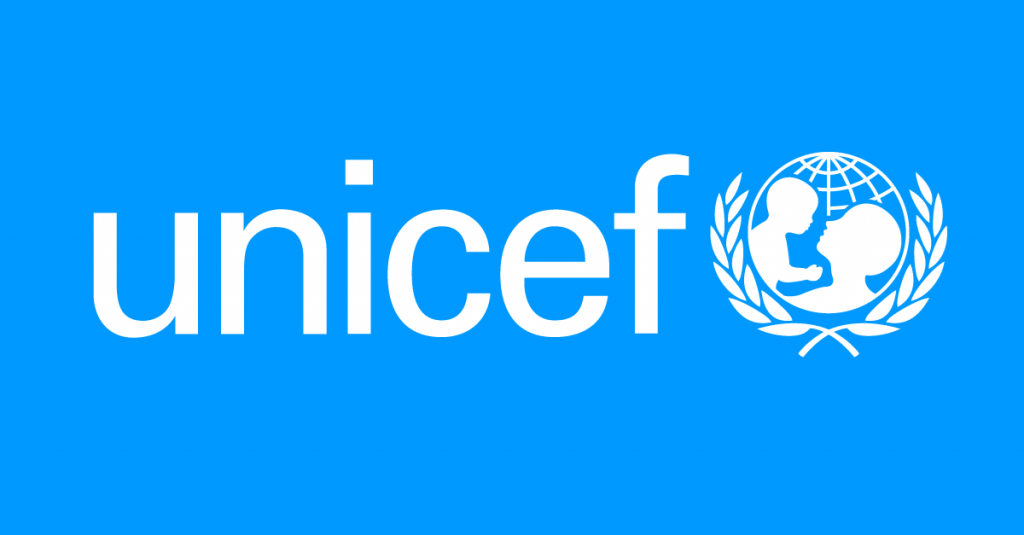03/12/2023
03/12/2023

In Latin America and the Caribbean, a daily registration of approximately 30 new cases, totaling 11,000 annually, underscores the prevalence of infections among adolescents and young people aged between 10 and 19 years, as highlighted in the latest publication by UNICEF on children with HIV and AIDS.
The new infections in this age group are predominantly concentrated among adolescents and young men. The period from 2010 to 2021 saw a 25 percent reduction in new HIV infections for adolescent women, contrasting with only a 3 percent decrease among adolescent men.
Despite these statistics, girls, adolescents, and women remain the most affected by the HIV epidemic, primarily due to gender inequalities that often leave them powerless to negotiate safe sex. This is compounded by the manifestation of poverty in communities located far from health centers and a lack of access to HIV prevention, sexual, and reproductive health programs.
Recent UNICEF data estimates that approximately 34,000 pregnant women in Latin America and the Caribbean require treatment to prevent mother-to-child transmission of the virus.
Garry Conille, the Regional Director of UNICEF for Latin America and the Caribbean, expressed concern, stating, "Although the region has not experienced significant increases in HIV infections, we are troubled by the fact that adolescents and young people may contract the virus unknowingly. Less than 25 percent of adolescents and young people have access to an HIV test, while sexual and reproductive health services for adolescents are limited."
The fight against AIDS poses significant challenges for younger populations. According to UNAIDS estimates, in 2023, only 39 percent of boys and girls between 0-14 years old will have received antiretroviral treatment due to barriers such as limited access to services and care. Consequently, half of HIV-infected children without timely treatment succumb before the age of two, with 8 out of 10 dying before reaching five.
Moreover, Latin America and the Caribbean grapple with one of the world's most complex migration crises. The mobile population faces heightened levels of HIV-related stigma, fear of deportation, and restricted access to prevention and treatment services, pushing them away from HIV programs. Service coverage gaps between migrants and the local population are exacerbated when host countries fail to guarantee access to health and laboratory services for uninsured individuals.
UNICEF remains committed to ending pediatric AIDS and safeguarding women, children, and adolescents, as well as the most vulnerable populations, from HIV. The organization urges governments to utilize data for evidence-based action, allocate HIV resources to address gaps, raise awareness, especially among adolescents, about virus transmission and prevention, and establish free, differentiated health services without legal barriers to access that facilitate information. (Agencies)


